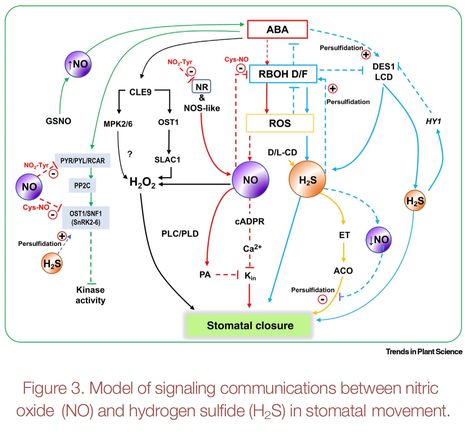Authors: Clément Boussardon, Pushan Bag, Marta Juvany, Jan Šimura, Karin Ljung, Stefan Jansson and Olivier Keech.
Communications Biology (2022)
Editor's view: A loss-of-function mutation in the RPN12a proteasome subunit in Arabidopsis thaliana shows that this protein is essential for hormonal homeostasis, thereby modulating plant’s development and the progression of leaf senescence.
Abstract: "The 26S proteasome is a conserved multi-subunit machinery in eukaryotes. It selectively degrades ubiquitinated proteins, which in turn provides an efficient molecular mechanism to regulate numerous cellular functions and developmental processes. Here, we studied a new loss-of-function allele of RPN12a, a plant ortholog of the yeast and human structural component of the 19S proteasome RPN12. Combining a set of biochemical and molecular approaches, we confirmed that a rpn12a knock-out had exacerbated 20S and impaired 26S activities. The altered proteasomal activity led to a pleiotropic phenotype affecting both the vegetative growth and reproductive phase of the plant, including a striking repression of leaf senescence associate cell-death. Further investigation demonstrated that RPN12a is involved in the regulation of several conjugates associated with the auxin, cytokinin, ethylene and jasmonic acid homeostasis. Such enhanced aptitude of plant cells for survival in rpn12a contrasts with reports on animals, where 26S proteasome mutants generally show an accelerated cell death phenotype."
 Your new post is loading...
Your new post is loading...
 Your new post is loading...
Your new post is loading...












